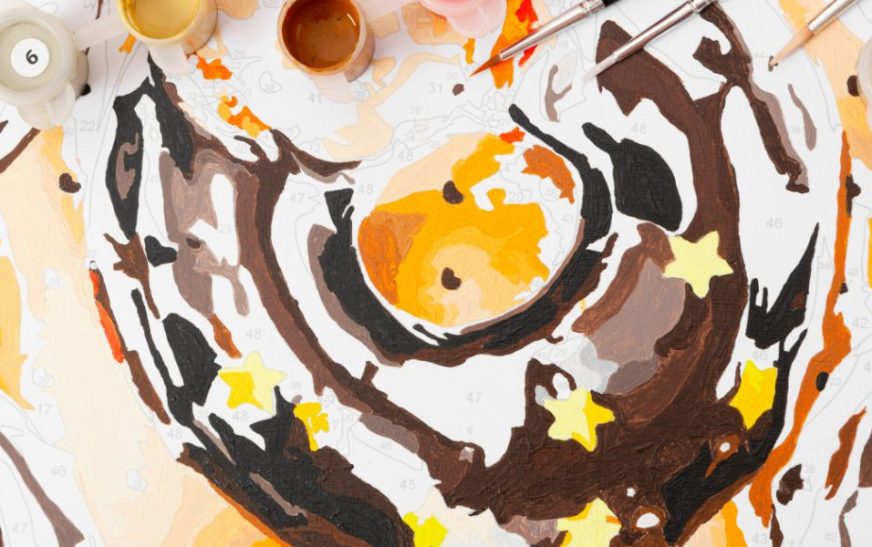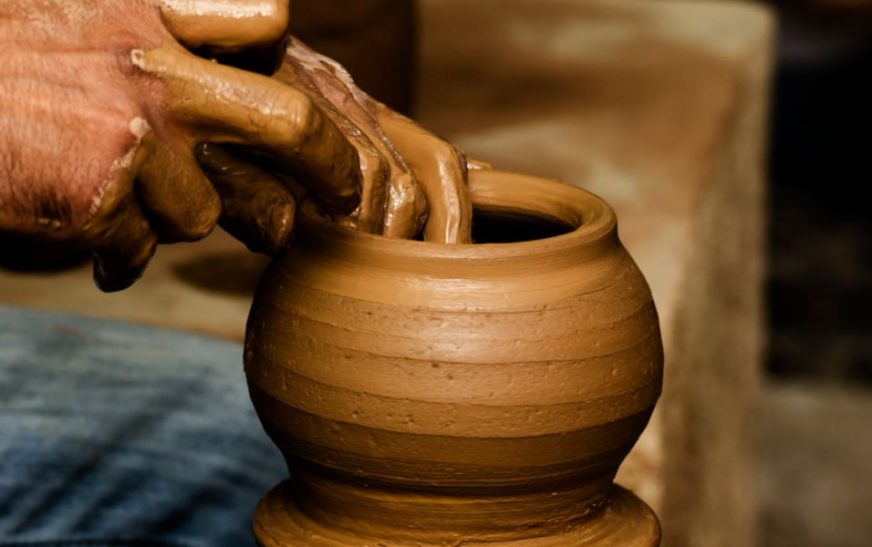In the realm of artistic expression, painting and drawing are unparalleled forms of creative storytelling. The strokes of a brush or pencil can convey emotions, thoughts, and ideas in ways that words often fall short. As an artist, your works of art are your masterpieces, and preserving them is of utmost importance. In this extensive guide, we delve into the techniques, tools, and tips that will help you safeguard your painting and drawing creations for posterity.
Understanding the Importance of Preservation
Your artwork is a reflection of your creativity and skill. Preserving it ensures that future generations can appreciate your talent. Here, we emphasize the significance of taking active steps to protect your masterpieces. Art preservation involves much more than merely storing your paintings and drawings in a closet. Proper preservation keeps your work in the best possible condition, preventing fading, damage, and deterioration. While it might seem like a daunting task, it’s an essential aspect of being an artist.
Best Practices for Preserving Paintings
Use Archival-Quality Materials
Creating art on high-quality materials is the first step in ensuring its longevity. Archival paper, canvas, and paints are designed to resist deterioration.
Frame Your Artwork
Proper framing protects your art from dust, pollutants, and physical damage. Opt for UV-protective glass to prevent fading.
Control the Environment
Maintain a stable environment for your artwork. Keep it away from direct sunlight and extreme temperature or humidity changes.
Regular Cleaning and Inspection
Dust and debris can accumulate on your art. Regularly clean your pieces and inspect for any signs of deterioration.
Proper Storage
If you need to store your art, ensure it’s done correctly. Use acid-free materials, and avoid stacking or leaning artworks against each other.
Ensuring Longevity of Drawings
Fixative Spray
When working with pencil or charcoal, using a fixative spray will prevent smudging and keep your drawings intact.
Matting and Framing
Like paintings, drawings benefit from proper matting and framing to protect against physical damage.
Handling with Care
When handling drawings, use clean, dry hands or wear gloves to avoid transferring oils or dirt.
Digitizing Your Masterpieces
In the digital age, preserving your artwork also includes creating a digital archive. Digitization allows you to share your work online and keep backups for added security.
High-Resolution Scanning
Scan your paintings and drawings at high resolution to capture the fine details and colors accurately.
File Organization
Organize your digital files meticulously, including details like the creation date, medium, and dimensions.
Online Galleries and Social Media
Create an online portfolio or share your art on social media platforms to expand your reach and preserve your work digitally.
Commonly Asked Questions
Q1: How can I prevent my artwork from fading over time?
A1: Using UV-protective glass, avoiding direct sunlight, and using archival materials are key to preventing fading.
Q2: Is it necessary to frame all my artworks?
A2: While framing is essential for protection, smaller pieces can also be stored in acid-free archival sleeves or folders.
Q3: How can I keep my drawings from smudging?
A3: Applying fixative spray is an effective method to prevent smudging in charcoal and pencil drawings.
Q4: What’s the ideal humidity and temperature for art storage?
A4: Aim for a stable environment with around 45-55% humidity and temperatures between 65-75°F (18-24°C).
Q5: Can I digitally preserve my artwork with a smartphone camera?
A5: While possible, using a high-quality scanner is recommended for accurate digital preservation.
Final Words
Preserving your masterpieces is not just about protecting them; it’s about ensuring that your artistic legacy endures. From selecting the right materials to digitizing your work for a broader audience, these steps will help you safeguard your art for generations to come.


























